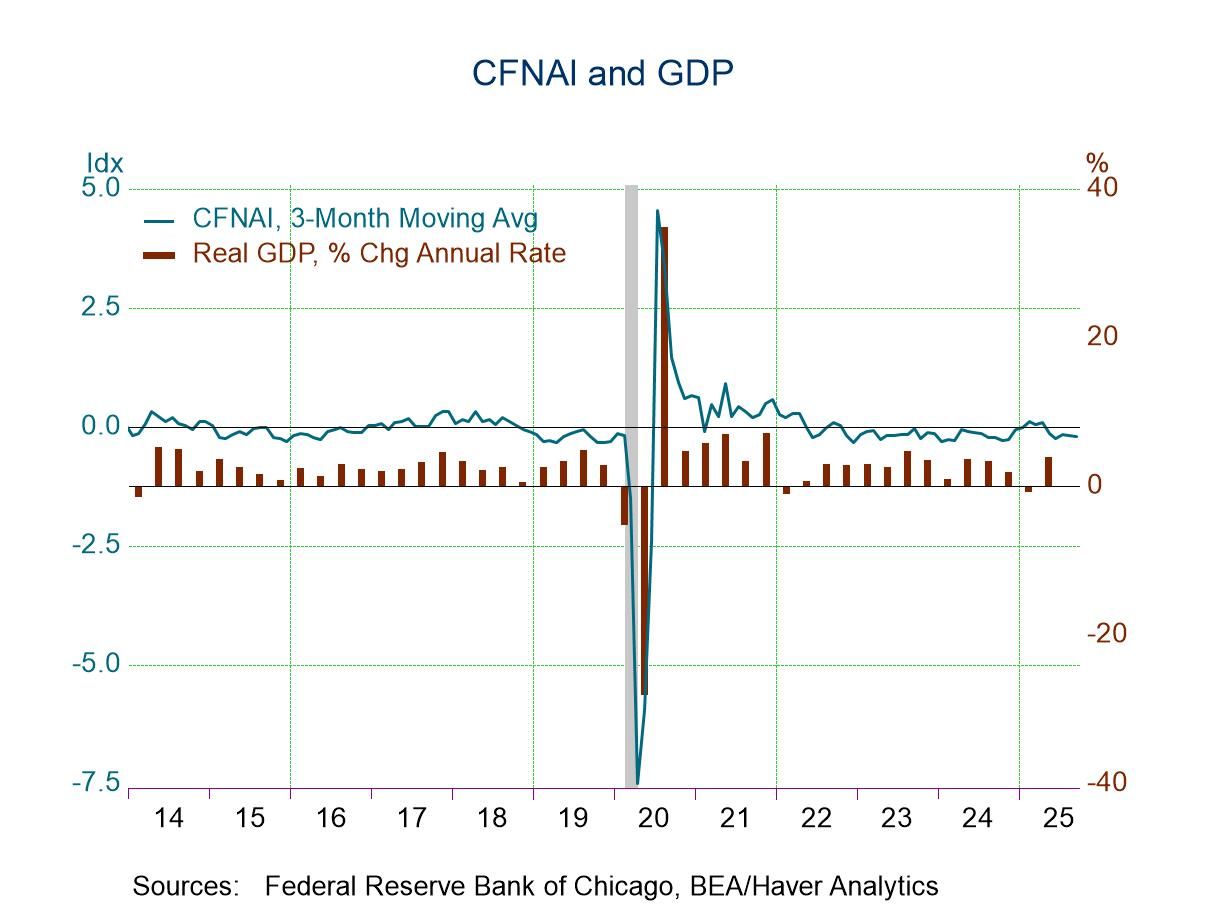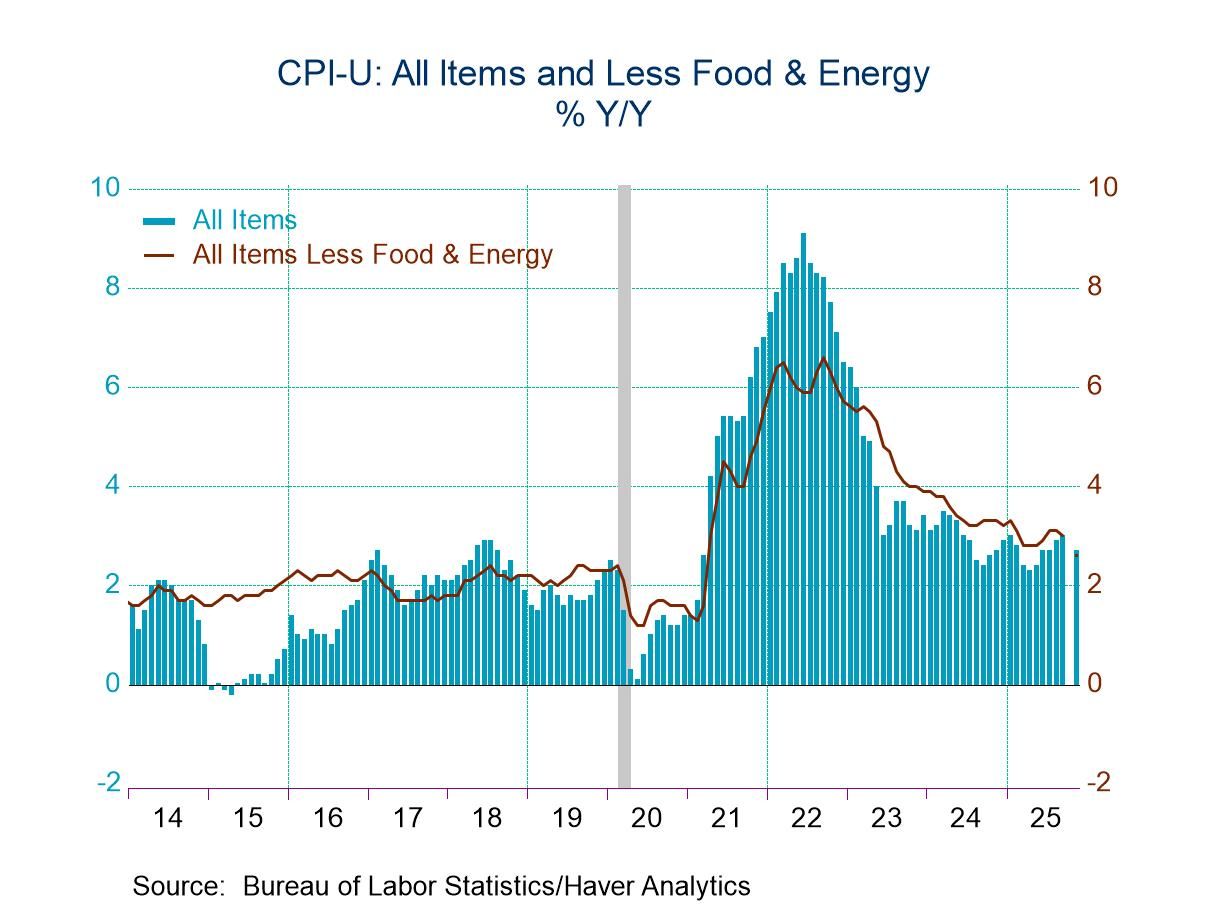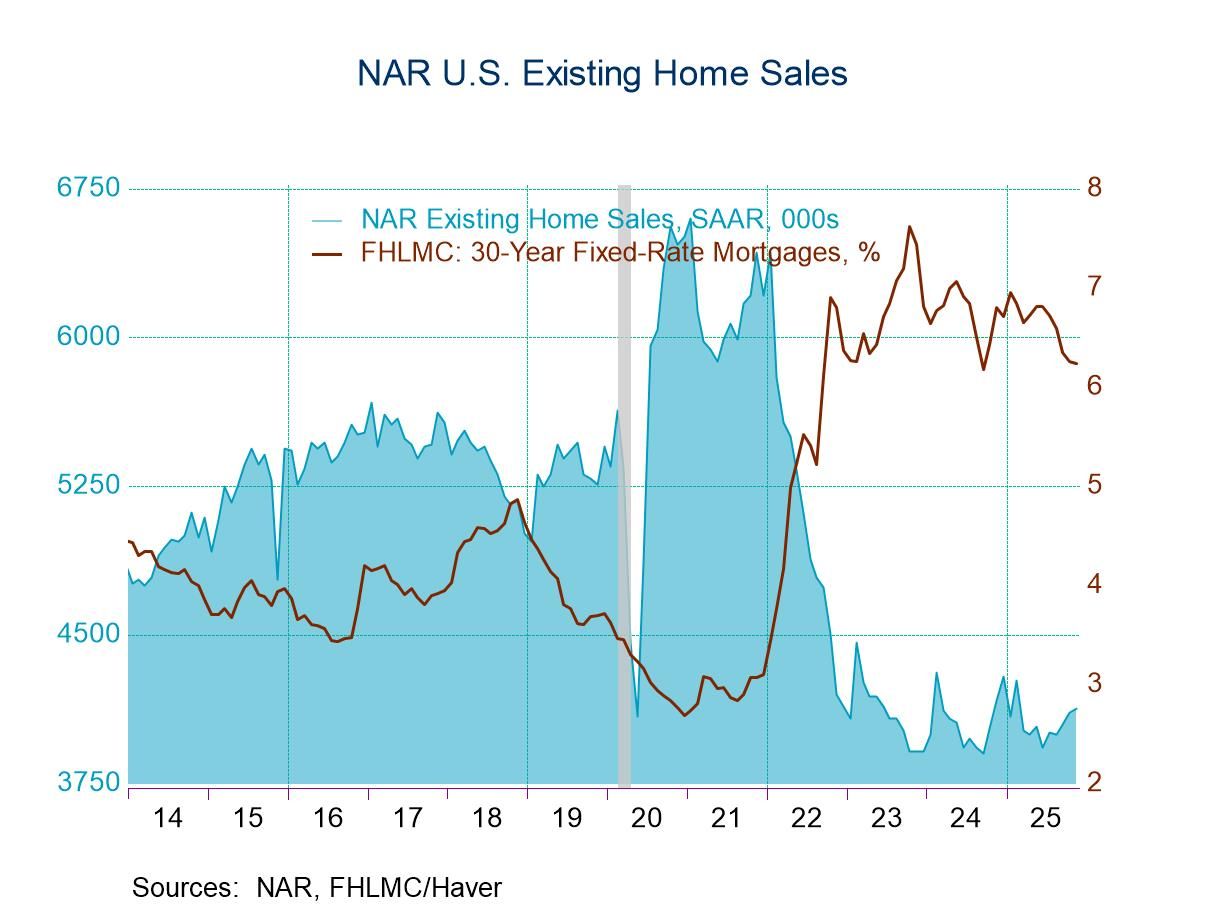 Global| Jan 18 2024
Global| Jan 18 2024Charts of the Week: Contained for Now
by:Andrew Cates
|in:Economy in Brief
Summary
Over the past few days there has been further pushback to the idea that central banks might initiate easing cycles in the immediate months ahead. Specifically, several Fed and ECB policymakers have expressed doubts about early interest rate reductions. And stronger-than-expected CPI data from the UK have probably reinforced that view among BoE policymakers. The flare up of instability in the Middle East is arguably another factor that’s been amplifying investor anxiety. In many of our charts this week we address some of those concerns. For instance, we provide insights into the volume of trade traversing the Red Sea (see chart 1), we explore the recent fluctuations in energy prices and the impact of geopolitical unrest (chart 2), and we examine global shipping costs (chart 3) and pressures on global supply chains (charts 3 and 4). In addition to this, we delve into the latest labour market data from China, which shed light on the continuing struggles of its economy (chart 5). Finally we wrap up with a comparative analysis of the recovery in real per capita GDP levels in major advanced economies during the post-pandemic era (chart 6).
Maritime trade Maritime trade volumes in the Red Sea have slumped following the wave of Houthi attacks that commenced last October. More specifically, freight capacity in that area fell to more than half of pre-attack volumes, registering around 203,000 of twenty-foot equivalent units (TEU) on 1 Jan 2024. In the meantime, latest estimates from the Kiel Institute suggest that aggregate global trade volumes fell by 1.9% m/m in December (chart 1 below).
Chart 1: Red Sea shipping freight volumes and aggregate global trade volumes

Energy prices The Red Sea's strategic location, alongside its close proximity to major energy-producing nations, underscores its importance as a key chokepoint in the oil and gas trade, as well as for global supply chains. Interestingly, despite this critical role, the prices of key energy commodities, like oil and natural gas, have remained relatively stable and are significantly lower than their levels six months ago. This stability is arguably surprising, especially considering the recent substantial increase in geopolitical risk (chart 2).
Chart 2: Oil prices versus geopolitical risk

Shipping costs Aggregate shipping costs have additionally been declining in recent days. That is the message from the decline in the Baltic Exchange's Dry Index which measures those shipping costs. That index has declined sharply over the past several days, and stood at a four-month low on Tuesday January 16th. This decline resonates with the softening in global trade and the recent stability in energy prices. It implies, at least for the time being, that recent disruptions in the Middle East have not significantly impeded global supply chains in a way that could undermine the progress that’s been made in controlling global inflation (see chart 3).
Chart 3: The Baltic Dry Index versus the Fed’s Global Supply Chain Pressure Index

Supply chain bottlenecks Latest regional manufacturing surveys from the US, specifically the New York Empire State survey, reinforces that message about supply chains. The details reveal that the supplier delivery time index saw a modest rise in January, but that came from a very weak base in December. As chart 4 further suggests, and after smoothing out for the underlying volatility in that series, latest levels suggest few (if any) supply chain problems. The lead relationship of indicators such as these over US inflation further suggests that disinflationary pressures ought to persist in the immediate months ahead (chart 4).
Chart 4: US Supplier Delivery Times versus Underlying Inflation

China’s labour market Apart from the normal spate of growth and production-related releases unveiled this week, China also resumed the publication of data for youth unemployment, albeit with a modified methodology. The new unemployment rate measure, which now excludes students, was 14.9% in December 2023. For context, the old measure, which includes students, reached a record-high of 21.3% in June 2023 before its discontinuation. Zooming out, China also revealed that its population shrank for a second straight year in 2023, underscoring one of the longer-term challenges it continues to face as its economy evolves.
Chart 5: China’s youth unemployment rate and aggregate population change

Post-pandemic recoveries Demographic shifts are a significant factor for many major economies. While the US economy's robust post-pandemic recovery is well-recognized, especially in comparison to other major economies, it is less impressive when demographic changes are factored in. In chart 6 below, we compare real per capita GDP levels in the US, Japan, the Euro area, and the UK throughout the post-pandemic period. This adjusted measure reveals that up until the end of 2022, the Euro area's recovery was almost on par with that of the US. As of the third quarter of 2023, based on GDP and population data, the US's recovery is also only slightly ahead of the progress made in the euro area and Japan from the start of 2020.
Chart 6: Real GDP per capita levels in the US, Japan, euro area and UK

Andrew Cates
AuthorMore in Author Profile »Andy Cates joined Haver Analytics as a Senior Economist in 2020. Andy has more than 25 years of experience forecasting the global economic outlook and in assessing the implications for policy settings and financial markets. He has held various senior positions in London in a number of Investment Banks including as Head of Developed Markets Economics at Nomura and as Chief Eurozone Economist at RBS. These followed a spell of 21 years as Senior International Economist at UBS, 5 of which were spent in Singapore. Prior to his time in financial services Andy was a UK economist at HM Treasury in London holding positions in the domestic forecasting and macroeconomic modelling units. He has a BA in Economics from the University of York and an MSc in Economics and Econometrics from the University of Southampton.






